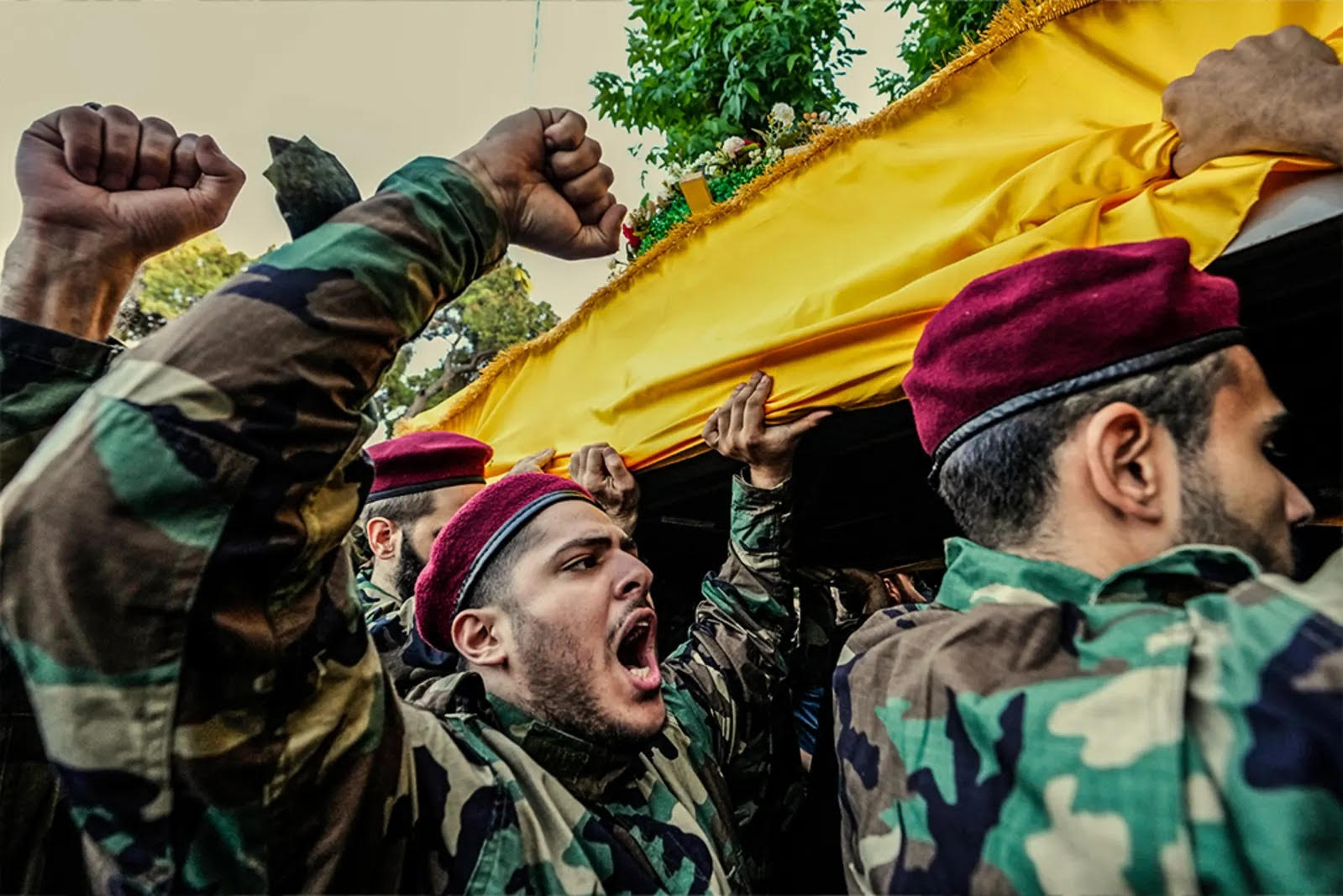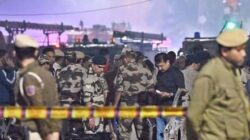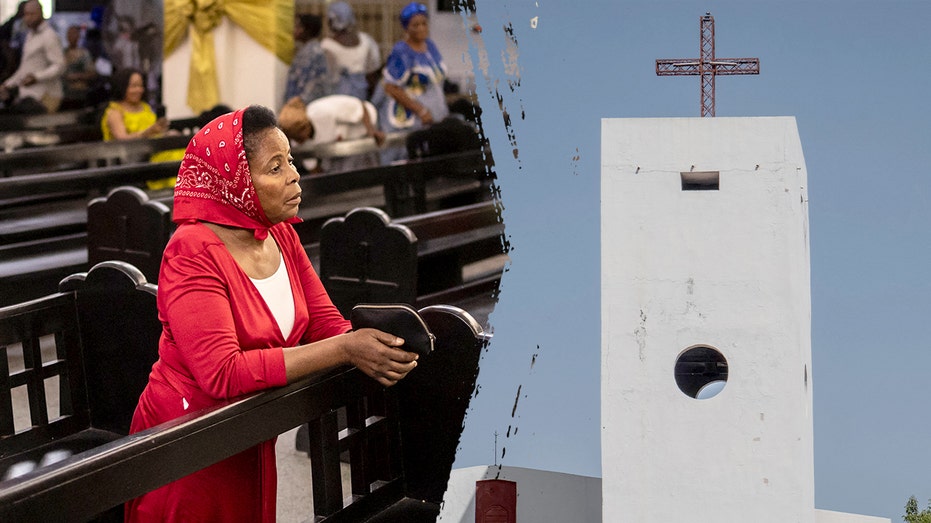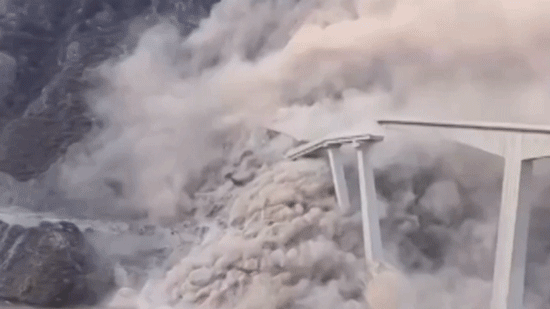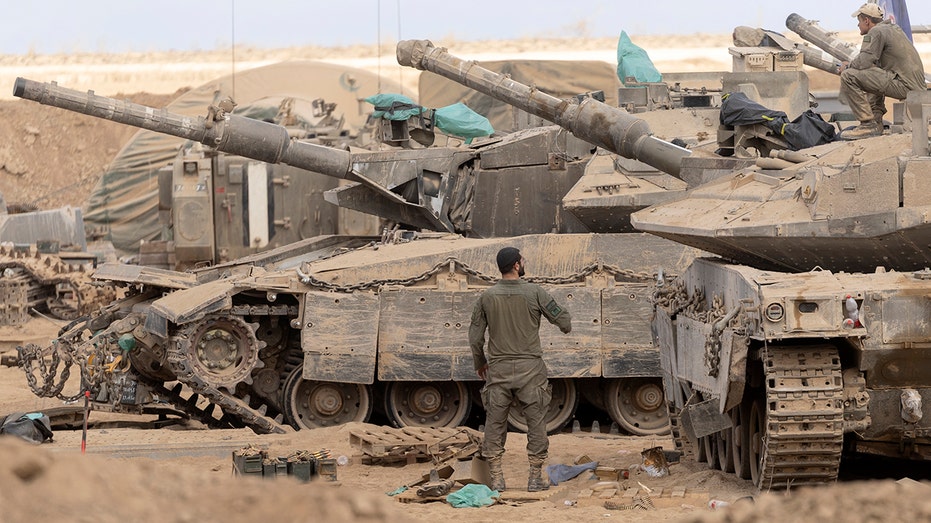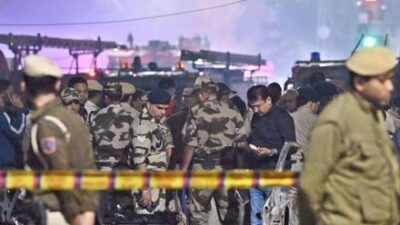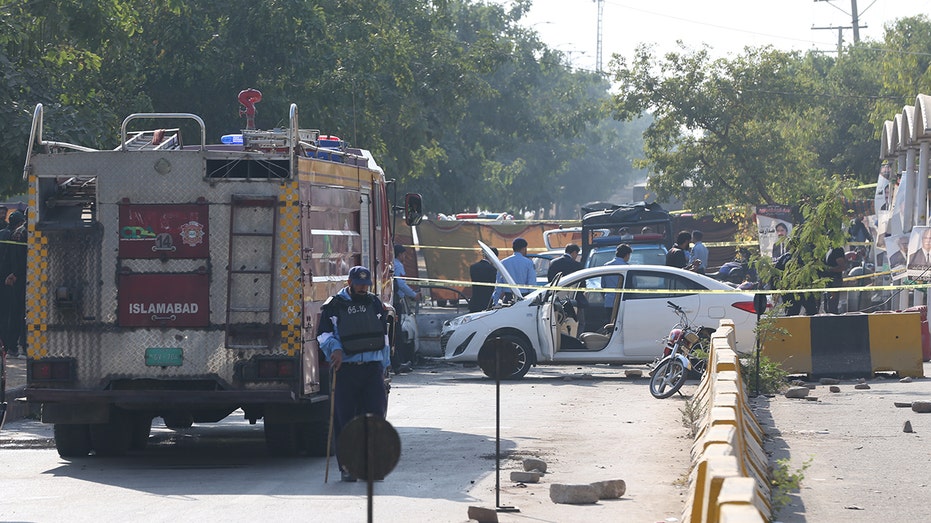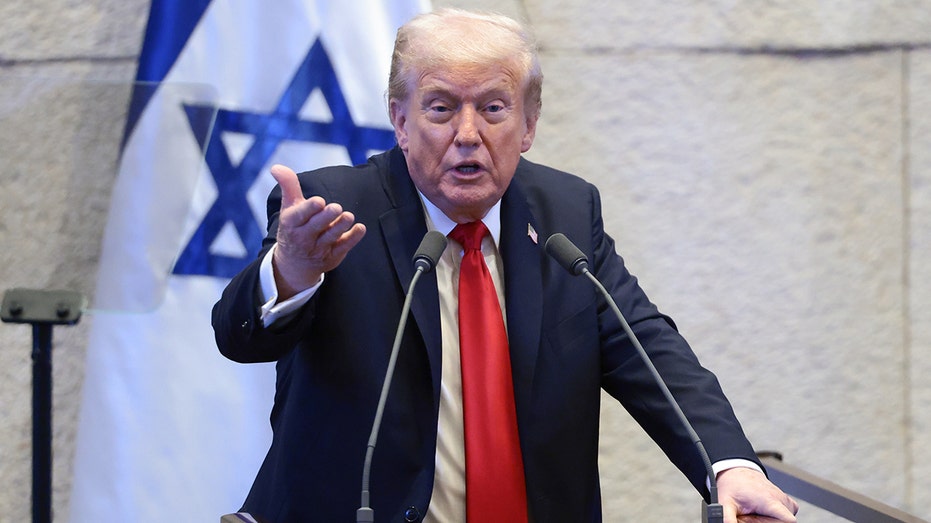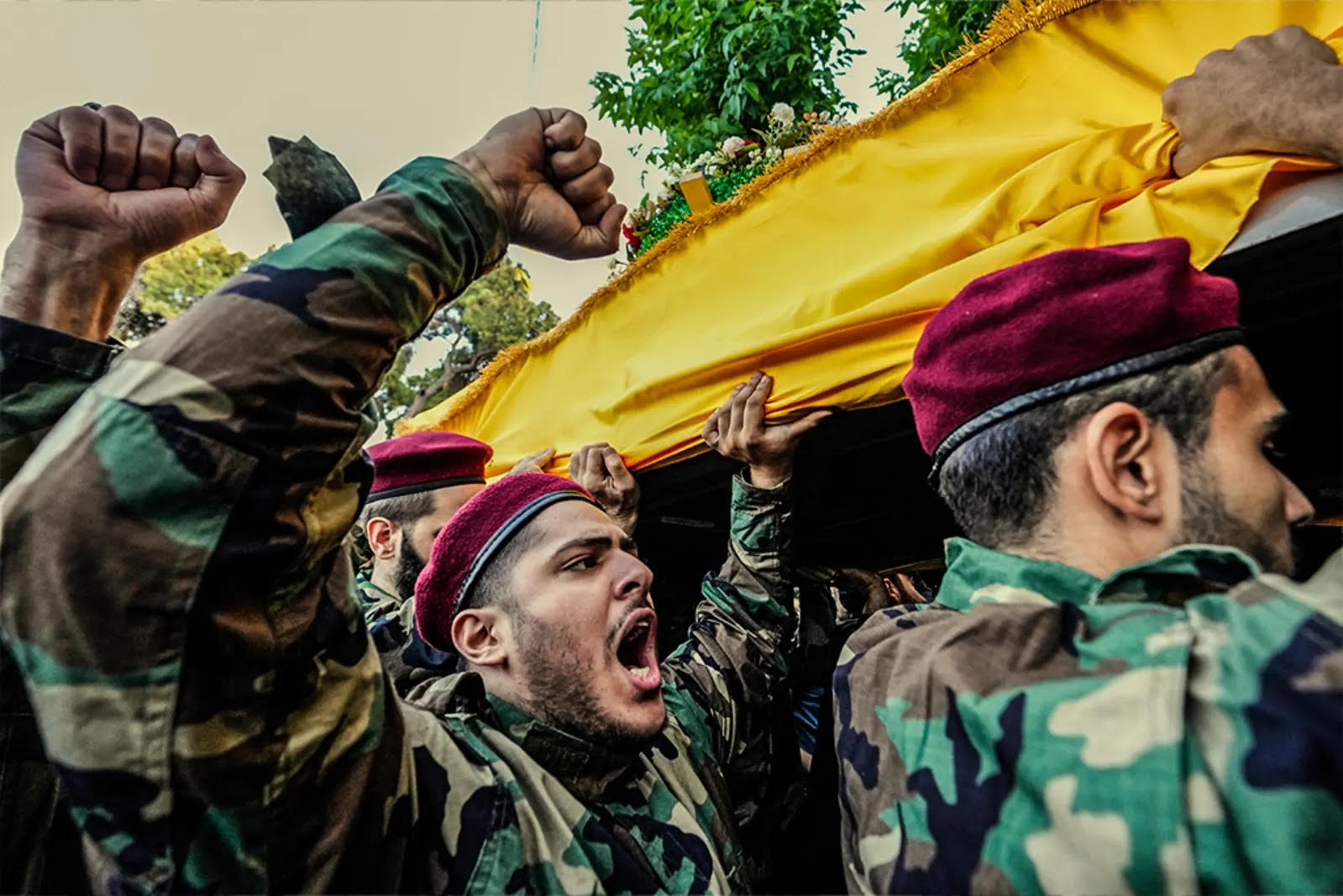
Hamas Displays Coffins of Murdered Israeli Hostages in Widely Condemned Ceremony
The recent repatriation of remains belonging to Shiri Bibas, her two young sons Kfir and Ariel, and Oded Lifshitz has become a harrowing reminder of the tragic hostilities between Hamas and Israel. After enduring more than 500 days in captivity, the remains of these individuals were returned, yet the circumstances surrounding their display have drawn severe international condemnation.
A Disturbing Public Display
The terrorist organization Hamas orchestrated a public ceremony that included the display of the deceased within coffins positioned prominently on stage. This grotesque act was compounded by the presence of a caricature of Israeli Prime Minister Benjamin Netanyahu and a banner declaring, *“The war criminal Netanyahu & his Nazi army killed them with missiles from Zionist warplanes.”* This visual representation has provoked outrage and horror among many observing the event.
One of the coffins bore the photograph of Shiri Bibas, with visible inscriptions indicating her “arrest date” coinciding with the date of the initial attacks on October 7, 2023. As of the latest updates, only the identity of Oded Lifshitz has been confirmed by Israeli authorities.
International Condemnation
The immediate global response to the ceremony has been one of near-unanimous condemnation. The United Nations Human Rights Office has stated that any transfer of deceased individuals’ remains should comply with prohibitions against cruel, inhuman, and degrading treatment, lacking explicit condemnation of Hamas’s actions.
Israeli Ambassador to the UN, Danny Danon, described the event as *“evil and depraved,”* emphasizing that, *“For 16 months, Israel has been fighting a deranged terrorist organization that places no value on human life, especially if it is Israeli or Jewish.”* Danon criticized international organizations for their failure to explicitly condemn Hamas or demand an immediate return of Israeli hostages.
Criticism of UN Officials
One of the focal points of criticism has been UN Human Rights Chief Volker Türk, who was accused of inadequately addressing Hamas’s brutal actions following the October 7 attacks. His statements, which seemed to equate the actions of terrorists with Israel’s military response, drew ire from various activists and organizations.
Anne Bayefsky, director of the Touro Institute on Human Rights and the Holocaust, expressed her concerns stating, *“He personifies the use and abuse of ‘human rights’ as a front to perpetrate evil. He has blood on his hands.”* Bayefsky accused Türk of demonstrating greater concern for the dignity of deceased individuals than for the lived experiences and lives of Jewish individuals under threat.
UN Watch, a prominent watchdog organization, has called for Türk’s resignation. A report issued in December 2024 noted that he had condemned the United States more frequently than several repressive regimes combined, emphasizing a disproportionate focus on Israel amidst ongoing conflicts.
The Symbolism of the Bibas Family
The ordeal faced by Shiri Bibas and her children, Kfir and Ariel, has transformed them into symbols of the brutality inflicted by Hamas during the recent conflicts. An evocative image depicting a terrified Shiri holding her sons has resonated widely, bringing attention to the innocent lives caught in the crossfire of war.
In a noteworthy development following the return of the Bibas family remains, Yarden Bibas, the husband and father of the Bibas family, was released from Gaza on February 1, 2024, after being held separately. This juxtaposition of grief and relief underscores the complex emotional landscape faced by families affected by such conflicts.
Future Implications
The return of hostages, including six living individuals scheduled for release as part of ongoing ceasefire negotiations, remains a critical focal point for the Israeli government. As tensions persist and the threat of renewed violence looms, the plight of hostages remains in the spotlight, with advocates calling for their safety and the reclamation of their remains in respectful conditions.
The situation surrounding the recent public ceremony, while highlighting the cruelty of Hamas, also calls into question the role of international bodies like the United Nations in addressing human rights violations and holding perpetrators accountable. As the narrative unfolds, it is essential to keep the conversation alive to honor those whose lives were lost and advocate for peace and justice.

